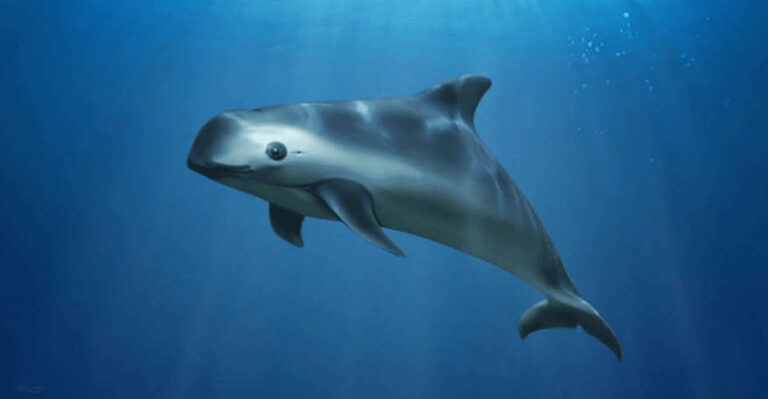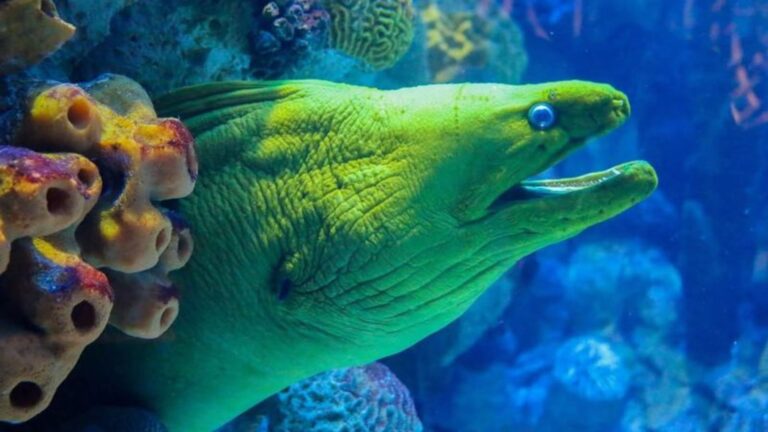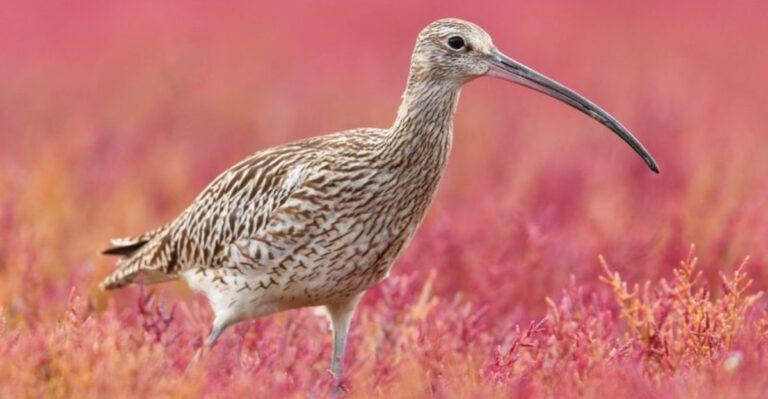Alarm: Wildlife Is Disappearing Faster In This U.S. State Than Others

Florida’s once-thriving wildlife faces a crisis unlike any other state in America. From the mysterious mangroves to the crystal springs, animals and plants are vanishing at alarming rates.
The Sunshine State has become ground zero for habitat loss, climate impacts, and invasive species threats that are reshaping ecosystems faster than many experts predicted.
1. Florida Panthers Losing Their Last Refuge
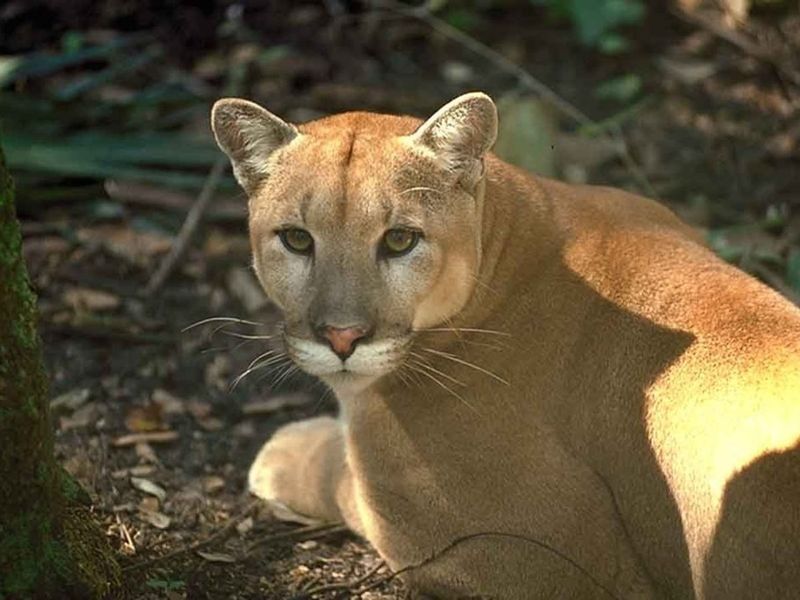
Only about 120 Florida panthers remain in the wild today. These majestic cats need vast territories to hunt and breed, but housing developments keep shrinking their habitat.
Roads cutting through their territory claim dozens of panther lives each year. Conservation efforts have helped numbers increase slightly from just 20 cats in the 1970s, but urban sprawl continues threatening their recovery.
2. Manatee Disappearances Reach Record Numbers
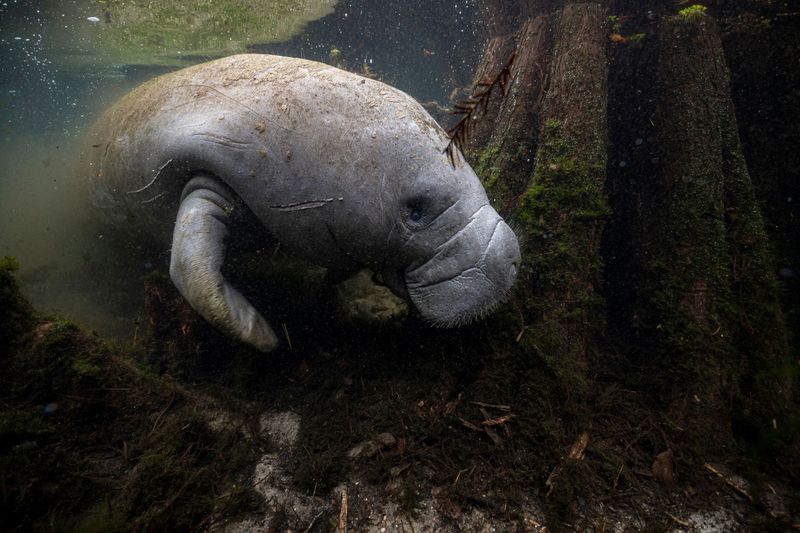
Gentle sea cows are starving along Florida’s east coast. The culprit? Polluted runoff triggering massive algae blooms that kill seagrass – manatees’ primary food source.
Over 1,000 manatees died in 2021 alone, representing roughly 15% of their population. Rescue organizations scramble to provide supplemental lettuce during winter months, but without addressing water quality issues, these beloved mammals face an uncertain future.
3. Coral Reefs Vanishing Before Our Eyes
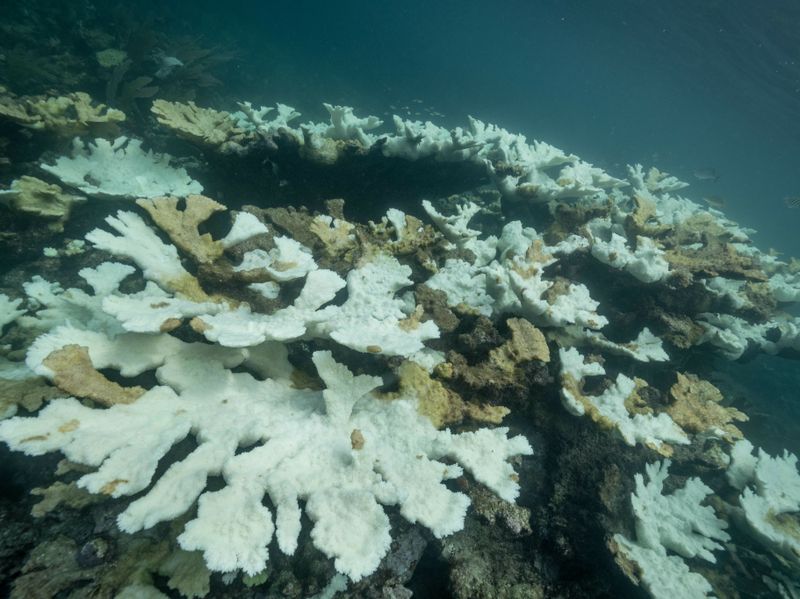
Florida’s once-vibrant coral reef tract – the third largest barrier reef system worldwide – is crumbling rapidly. Stony coral tissue loss disease has ravaged over 20 species since 2014, killing corals at unprecedented rates.
Rising ocean temperatures trigger devastating bleaching events. Meanwhile, ocean acidification weakens coral skeletons. Scientists estimate Florida has already lost over 90% of its original reef coverage.
4. Everglades Drainage Destroying Wildlife Haven
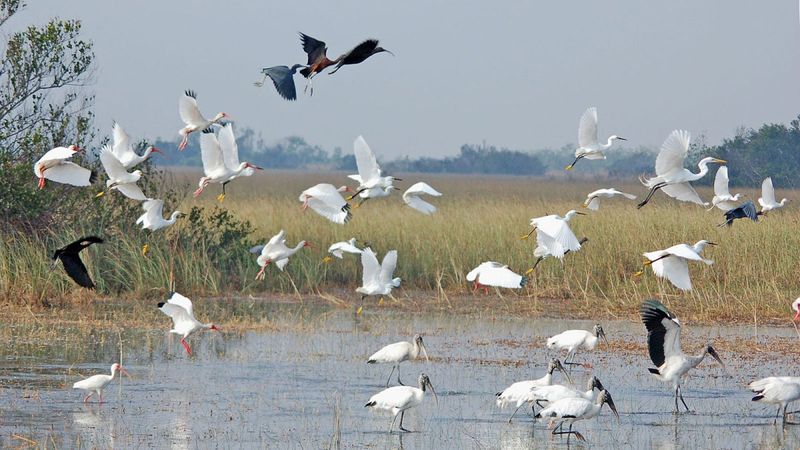
The River of Grass once covered 11,000 square miles. Decades of draining and diverting water for agriculture and development have slashed that area in half. Wading bird populations have plummeted by 90% over the past century.
Water control structures prevent natural water flow patterns critical for fish spawning and bird nesting cycles. Despite restoration efforts, development pressures continue threatening this unique ecosystem.
5. Invasive Pythons Decimating Native Mammals
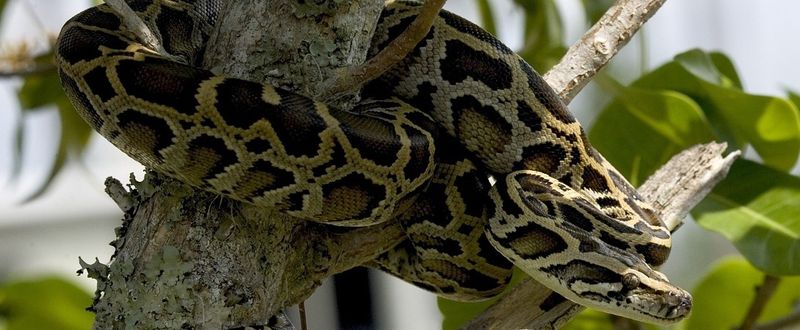
Burmese pythons have established a stronghold in South Florida since the 1980s. These massive constrictors devour everything from marsh rabbits to adult deer.
Mammal populations have crashed by over 90% in some areas of the Everglades. Raccoons, opossums, and bobcats have virtually disappeared from python-infested regions. With females laying up to 100 eggs annually, python numbers continue exploding despite removal efforts.
6. Key Deer Trapped By Rising Waters
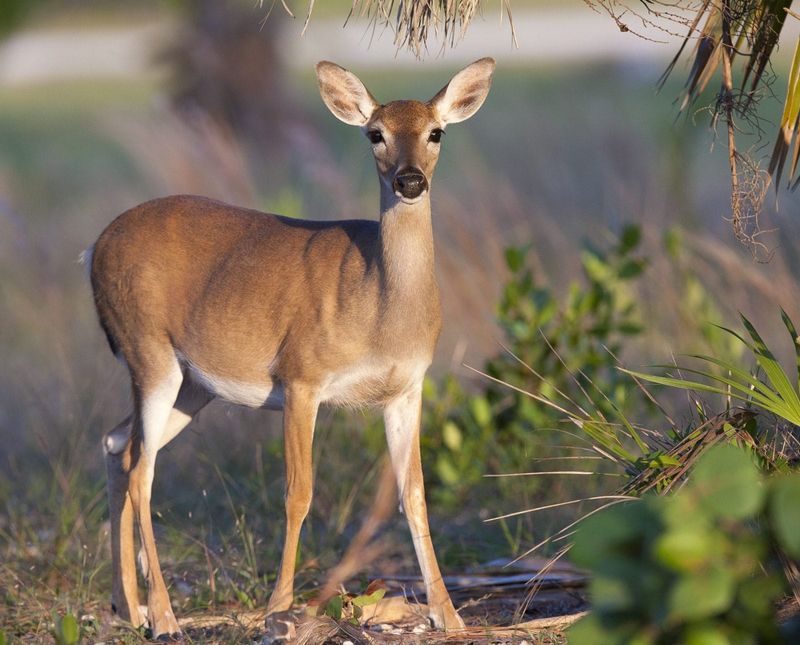
Adorable Key deer stand barely three feet tall at the shoulder. Found only on a handful of islands in the Florida Keys, these miniature deer face an existential threat from rising seas.
Higher tides regularly flood critical habitat, contaminating freshwater sources with salt. Hurricane storm surges destroy vegetation they depend on for food. With fewer than 1,000 individuals remaining and nowhere to migrate, these deer face a precarious future.
7. Beach Development Erasing Shorebird Nesting Grounds
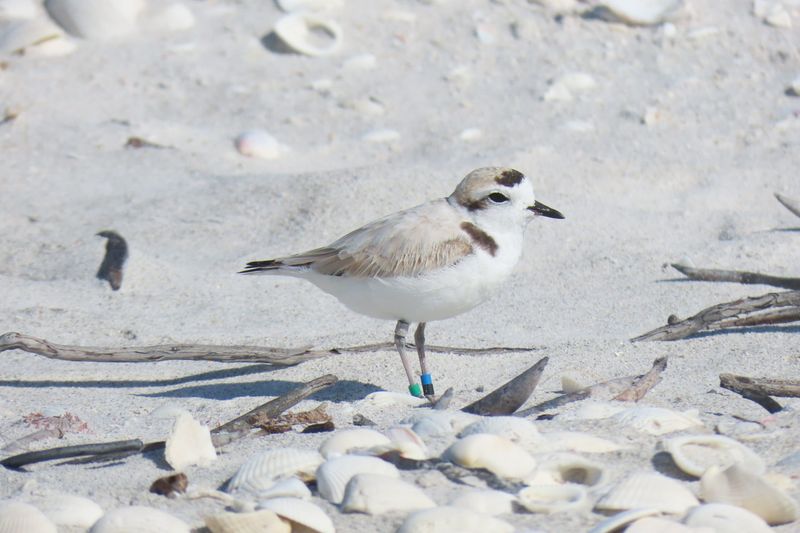
Snowy plovers once nested abundantly along Florida’s pristine beaches. Today, fewer than 200 breeding pairs remain in the state.
Beachfront hotels, condominiums, and constant human activity have eliminated most suitable nesting sites. Light pollution disorients nesting birds and hatchlings.
Even protected beaches face threats from increasingly powerful storms that wash away nesting grounds before chicks can fledge.
8. Indian River Lagoon’s Toxic Transformation
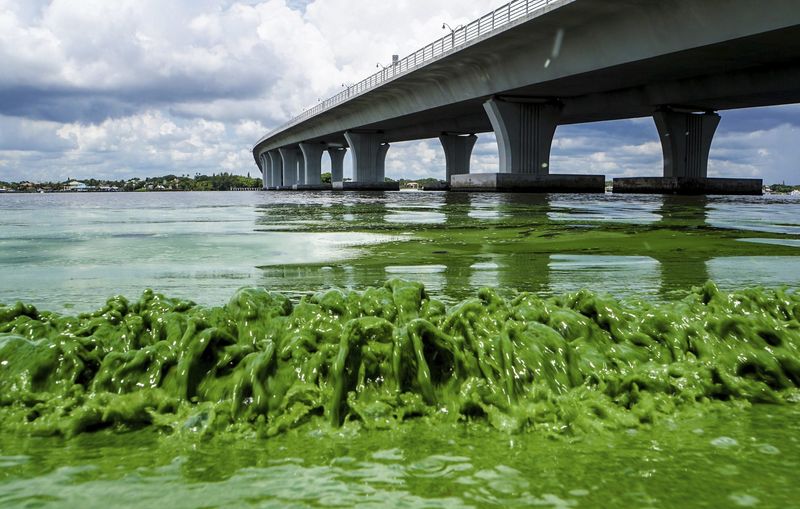
Once called the most biodiverse estuary in North America, the Indian River Lagoon now suffers regular ecological collapses.
Fertilizer runoff, septic tank leakage, and stormwater discharge fuel toxic algae blooms. Mass fish die-offs leave shorelines littered with thousands of rotting carcasses.
Bottlenose dolphins develop concerning health problems from contaminant exposure. Despite its protected status, pollution regulations remain inadequately enforced throughout the lagoon’s 156-mile length.
9. Climate Change Forcing Wildlife Northward
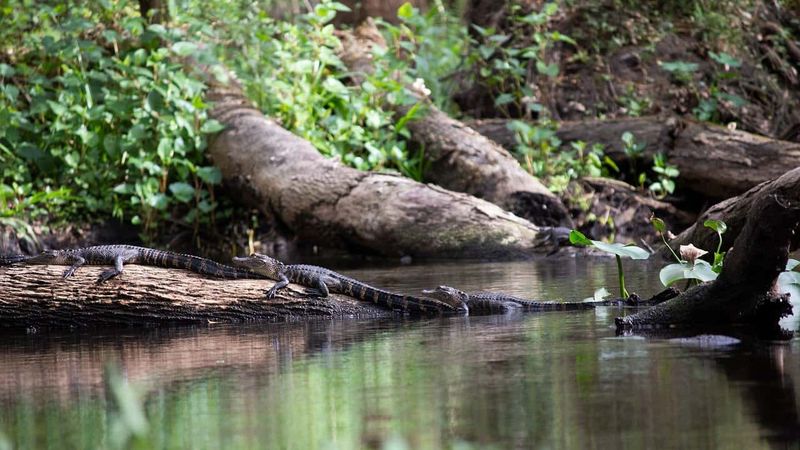
Rising temperatures are redrawing Florida’s wildlife map. Mangroves march northward, replacing salt marshes along the coast.
Heat-sensitive species retreat from southern ranges they’ve inhabited for millennia. Roseate spoonbills increasingly abandon Florida Bay for more northern nesting sites.
Even some amphibians show declining populations in southernmost habitats as temperature extremes exceed their physiological limits. This northward shift creates cascading disruptions throughout food webs.
10. Wetlands Disappearing Under Concrete
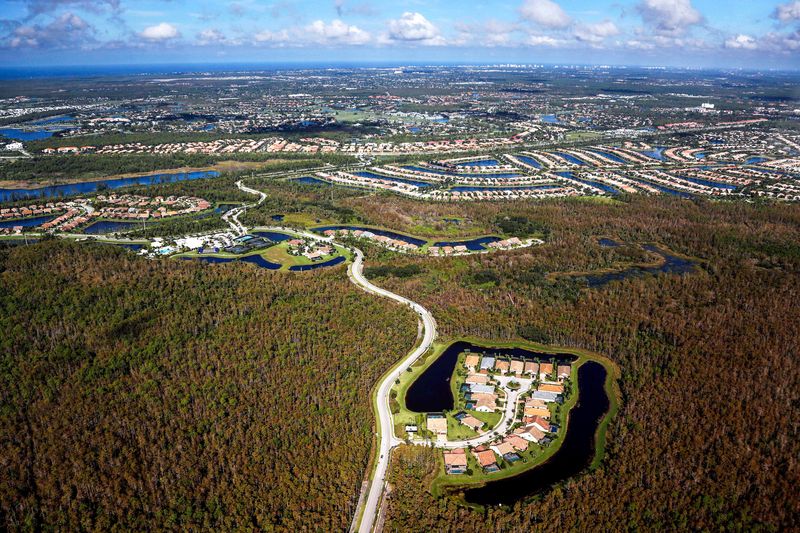
Florida loses approximately 5,000 acres of wetlands annually to development. These critical habitats act as nature’s kidneys, filtering pollutants and reducing flooding.
Wood storks, alligators, and countless amphibians depend on seasonal wetlands for breeding.
Federal protection loopholes allow developers to destroy wetlands by simply creating artificial ones elsewhere – replacements that rarely match the ecological function of natural systems.
11. Endangered Species Capital Of America
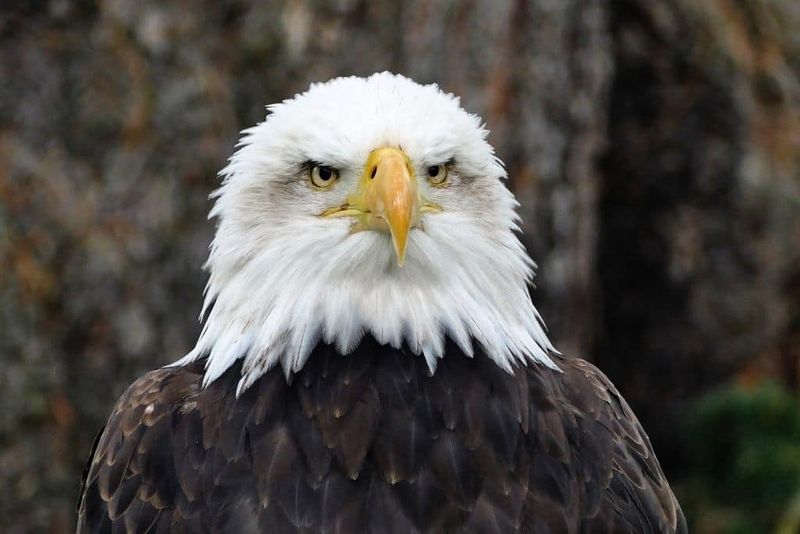
Florida harbors 131 federally listed endangered and threatened species – more than any state except Hawaii. This concentration of imperiled wildlife reflects both exceptional biodiversity and exceptional habitat destruction.
From tiny Miami blue butterflies to massive leatherback sea turtles, Florida’s endangered species face multiple threats simultaneously. Recovery plans often conflict with economic development priorities, leaving many species perpetually on the brink of extinction.
12. Hurricane Intensity Destroying Coastal Ecosystems
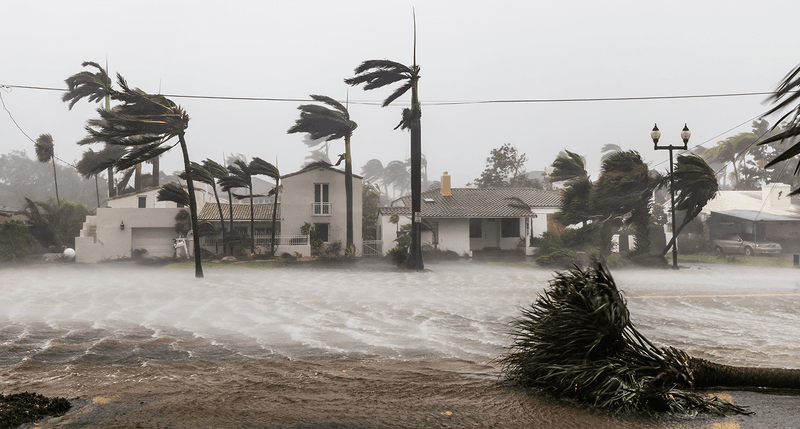
More powerful hurricanes fueled by warming oceans hammer Florida’s coastal habitats with increasing frequency.
Storm surges penetrate further inland, carrying saltwater into freshwater systems. Mangrove forests – natural storm buffers – can’t recover between major hurricanes. Beach dunes essential for sea turtle nesting get repeatedly flattened.
Post-storm reconstruction often prioritizes human infrastructure over natural habitat restoration, further degrading wildlife refuges.
13. Pollinators Vanishing From Agricultural Zones
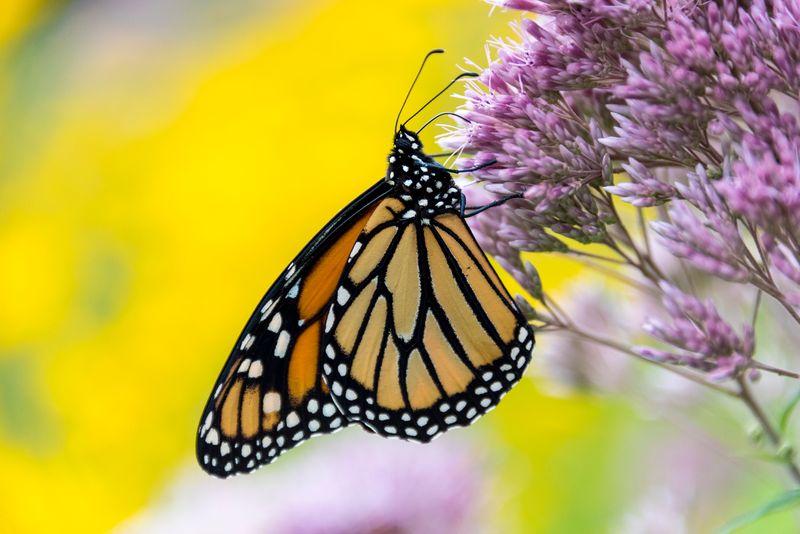
Florida’s butterfly populations have crashed by over 80% in some agricultural regions.
Neonicotinoid pesticides used in citrus groves don’t just kill target pests – they devastate beneficial insects too. Native bee species essential for wildflower reproduction show alarming declines.
Even monarch butterflies, which once blackened Florida skies during migration, have decreased by more than 90% since the 1990s. Without pollinators, both wild plant communities and crop production face serious threats.
14. Roadkill Epidemic Decimating Reptile Populations
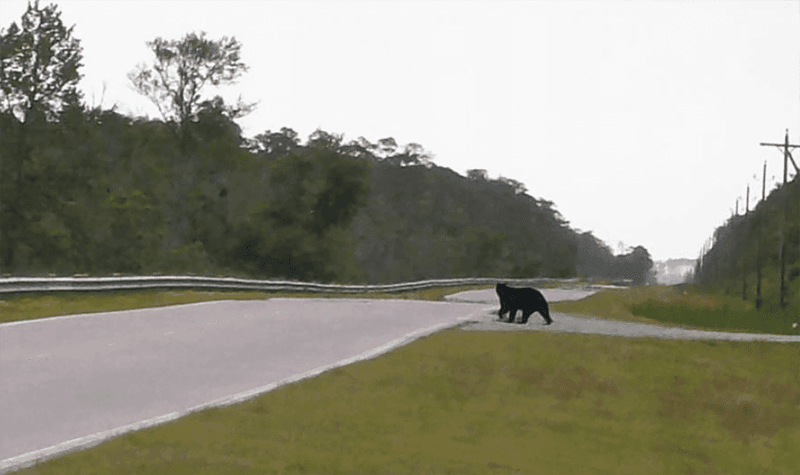
Florida’s 280,000+ miles of roads create deadly barriers for wildlife. Gopher tortoises, indigo snakes, and box turtles face population-level impacts from vehicle strikes during breeding migrations. Road mortality now exceeds sustainable levels for many species.
Female turtles seeking nesting sites suffer particularly high casualties, skewing population demographics toward males. Wildlife underpasses help in some locations, but most roads remain deadly gauntlets for ground-dwelling species.
15. Wildlife Corridors Severed By Urban Sprawl

Animals need connected habitats to maintain genetic diversity and access seasonal resources. Florida’s explosive growth has fragmented natural landscapes into isolated islands surrounded by development.
Black bears trapped in habitat fragments show concerning inbreeding patterns. Even with conservation lands, wildlife can’t move between protected areas without crossing dangerous human infrastructure.
The Florida Wildlife Corridor Act aims to reconnect habitats, but implementation faces significant funding and political hurdles.


